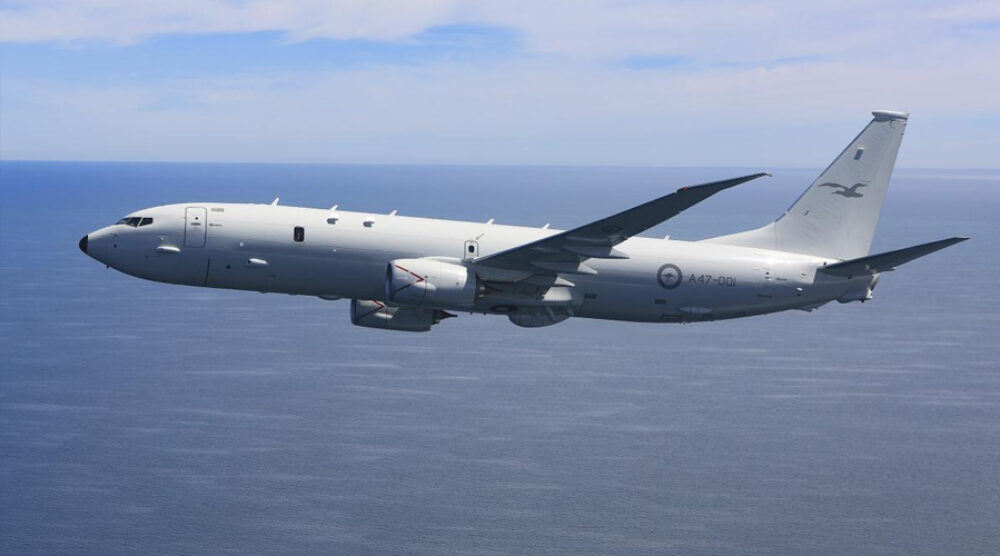Just after lunchtime Thursday 17 February, China for the first time undertook grey zone actions in the seas close to Australia. There have been many earlier cyber intrusions targeting Australian government and commercial sites but this was the first time physical actions have been taken against Australia outside the disputed maritime areas in the northern hemisphere. Given China first tries a new approach and then steadily increases its usage, such Chinese actions may become “normal”.
China’s actions involved the use of a laser rangefinder illuminating a Royal Australian Air Force P-8A maritime patrol aircraft flying near two Chinese warships that were sailing only about 170 kilometres from Marchinbar Island in Australia’s Northern Territory. The Chinese warships involved, the Hefei and Jinggang Shan, are respectively comparable to the Royal Australian Navy’s Perth class guided missile destroyers and Canberra class landing helicopter dock ships. Both Chinese vessels have optical fire controls systems that incorporate laser range finders.
Australia’s concern is that the laser is of military standard and by implication not eye safe and able to cause permanent eye damage or temporary blindness. Such lasers are for unrestricted use only in war – in peacetime strict safety protocols need following. The use of lasers for dazzling or blinding aircrews flying maritime patrol aircraft was first used by the Soviets in the late Cold War. The Jinggang Shan is apparently fitted with a Soviet-era designed optical fire control system.
Please click here to read the full “China’s grey zone tactics amount to far more than just laser games” article published at The Interpreter, written by Griffith Asia Institute Visiting Fellow, Dr Peter Layton.








